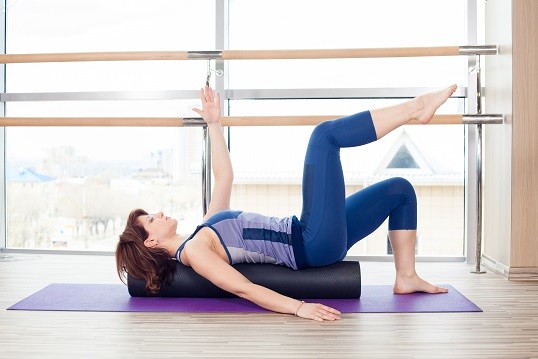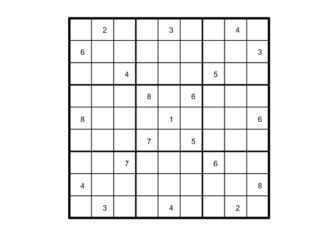
Unfortunately, tense shoulders and back pain are not uncommon ailments in today’s society. In our fast-paced and high-stress desk jobs, it is not out of the ordinary to be seated for several consecutive hours, which leads to slouched and hunched shoulders and backs, respectively. This amount of time spent in a single position can take a huge toll on our posture, making significant negative changes to the curvature of our spines and tension in our shoulders. A specific type of exercise called Pilates might be your best bet to not only prevent any further damage, but also reduce present symptoms of pain and tension caused by poor posture.
Correct posture is defined as an optimal position while sitting, standing, and moving to resist the forces of gravity that are acting on our bodies. When seated or standing, our spine should have two posterior curves, a slight curve in the thoracic region (disks T1-T12), a fixed curve in the sacral region (disks S1-S5), and two anterior curves, a mild curve in the cervical region (disks C1-C7) and a more aggressive curve in the lumbar region (disks L1-L5). Any manipulations of these curves refer to poor posture that needs to be modified for optimal force absorption abilities. These abnormalities can be detected from the neck and shoulders, all the way down to the lower back and pelvis. This means the entire spinal column can potentially suffer from one area of imbalance.
Poor posture negatively affects the body in several ways. Back, neck, and shoulder pain are the most common complaints of those who suffer from poor posture. Sitting for long periods of time causes compression and misalignment of the spine and the soft tissues located within, which decreases the body’s ability to move freely with full range of motion. Headaches caused by tension are another observable setback caused by poor posture. Because individuals tend to put so much tension and stress on their neck and shoulders, the supporting muscles of the head become fatigued, leading to a tension headache. Poor posture, however, causes more than just structural issues. Even your digestive system, especially the intestines, are reduced in their full potential because of the extra pressure and restrictions acting on your body. If you’re experiencing digestive distress, it may be time to check and see if poor posture is the responsible cause.
After observing the downfalls of poor posture, we need to learn how to properly fix and correct it. Pilates fitness has scientifically shown the benefits and improvements it can have on individuals with poor posture. Pilates has been referred to as “Contrology”, meaning that the highest level of muscle control is developed through this exercise system. When you’re able to fine-tune muscle control, other skills like core strength, endurance, and balance start to develop, and each of these components are crucial for progressing towards good posture.
Pilates also focuses on promoting a consistent and balanced musculature throughout the body by increasing core strength. As additional muscles are engaged through specific exercises, the body begins to properly align and support itself, and inflammation, tension and weakness start to disappear. This emphasizes hip, spinal, and shoulder alignment, which helps to eliminate the side effects of spinal compression and shoulder tension from sitting for long periods of time. Besides structure and core strength, other fitness goals can be achieved when beginning a Pilates program.
Pilates, like other types of exercise programs, takes some time and effort to see improved results. Focused mind patterns, work and dedication are practiced when beginning a Pilates program. Working with a professionally trained Pilates instructor is your best bet to start seeing positive changes in your lifestyle and to reduce back pain and painful tensed shoulders. While many instructors may claim to be Pilates experts, it is crucial to ensure they hold a proper certification of practice. Pilates is a very advanced and developed method of exercise, and working with the highest trained individuals will improve your experienced results faster.
If you suffer from neck tension, slouched shoulders, or back pain, consider trying Pilates to improve your posture. Observable benefits can be reduced pain and tension in the back, shoulders, and spine, correct posture, and improved muscle tone, self-esteem, confidence, digestion, breathing and flexibility. These factors can greatly influence your quality of life, and lead to a healthier and fitter lifestyle. Rather than continue to suffer from frozen shoulder and back pain and increase the severity of your symptoms, learn additional information about Pilates, and make the change in your life to see these desirable benefits.
Proudly WWW.PONIREVO.COM



